Encyclopedia for Writers
Composing with ai, the ultimate blueprint: a research-driven deep dive into the 13 steps of the writing process.
- © 2023 by Joseph M. Moxley - Founder, Writing Commons
This article provides a comprehensive, research-based introduction to the major steps , or strategies , that writers work through as they endeavor to communicate with audiences . Since the 1960s, the writing process has been defined to be a series of steps , stages, or strategies. Most simply, the writing process is conceptualized as four major steps: prewriting , drafting , revising , editing . That model works really well for many occasions. Yet sometimes you'll face really challenging writing tasks that will force you to engage in additional steps, including prewriting , inventing , drafting , collaborating , researching , planning , organizing , designing , rereading , revising , editing , proofreading , sharing or publishing . Expand your composing repertoire -- your ability to respond with authority , clarity , and persuasiveness -- by learning about the dispositions and strategies of successful, professional writers.
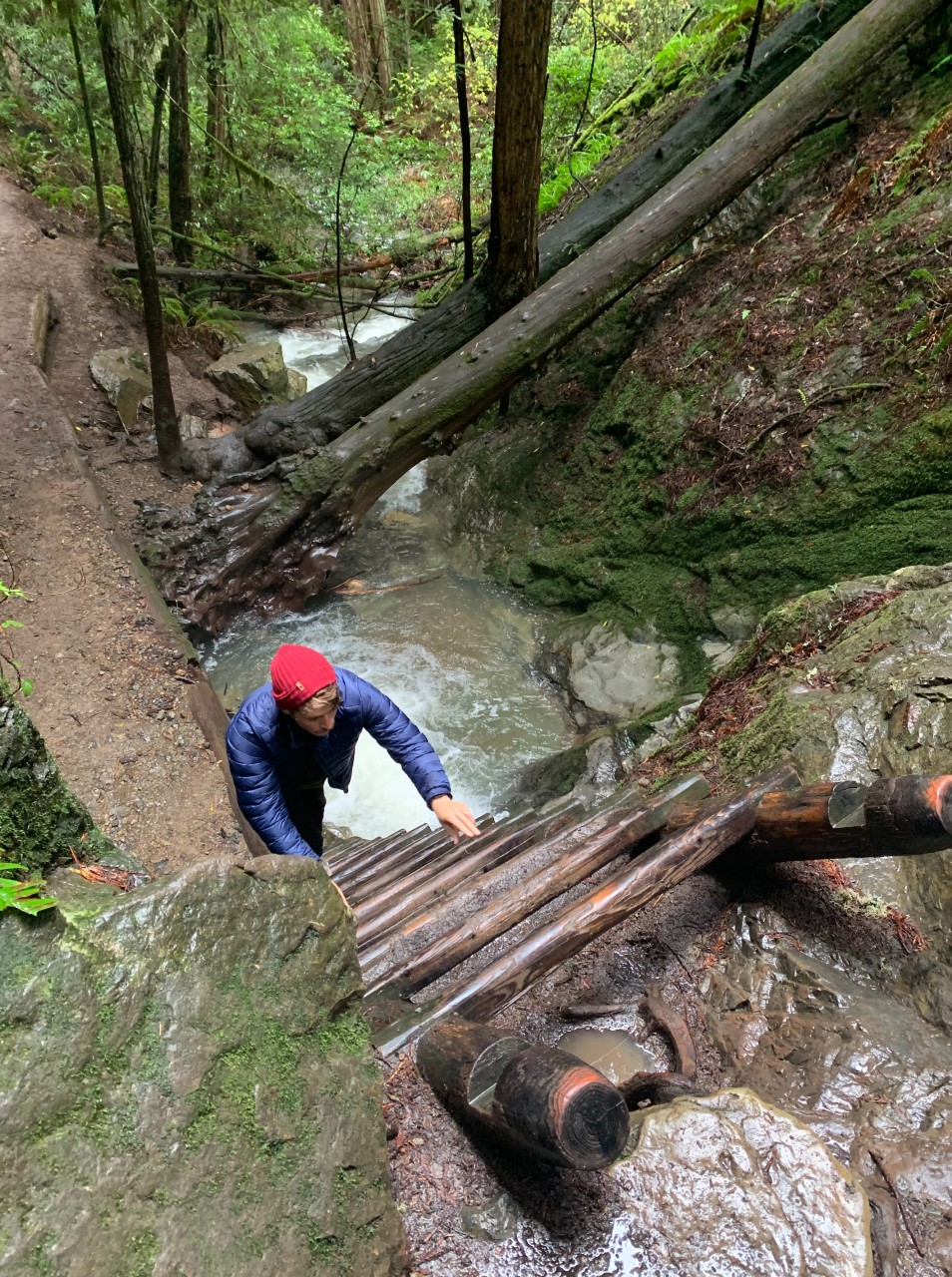
Table of Contents
Like water cascading to the sea, flow feels inevitable, natural, purposeful. Yet achieving flow is a state of mind that can be difficult to achieve. It requires full commitment to the believing gam e (as opposed to the doubting game ).

What are the Steps of the Writing Process?
Since the 1960s, it has been popular to describe the writing process as a series of steps or stages . For simple projects, the writing process is typically defined as four major steps:
- drafting
This simplified approach to writing is quite appropriate for many exigencies–many calls to write . Often, e.g., we might read an email quickly, write a response, and then send it: write, revise, send.
However, in the real world, for more demanding projects — especially in high-stakes workplace writing or academic writing at the high school and college level — the writing process involve additional steps, or strategies , such as
- collaboration
- researching
- proofreading
- sharing or publishing.
Related Concepts: Mindset ; Self Regulation
Summary – Writing Process Steps
The summary below outlines the major steps writers work through as they endeavor to develop an idea for an audience .
1. Prewriting
Prewriting refers to all the work a writer does on a writing project before they actually begin writing .
Acts of prewriting include
- Prior to writing a first draft, analyze the context for the work. For instance, in school settings students may analyze how much of their grade will be determined by a particular assignment. They may question how many and what sources are required and what the grading criteria will be used for critiquing the work.
- To further their understanding of the assignment, writers will question who the audience is for their work, what their purpose is for writing, what style of writing their audience expects them to employ, and what rhetorical stance is appropriate for them to develop given the rhetorical situation they are addressing. (See the document planner heuristic for more on this)
- consider employing rhetorical appeals ( ethos , pathos , and logos ), rhetorical devices , and rhetorical modes they want to develop once they begin writing
- reflect on the voice , tone , and persona they want to develop
- Following rhetorical analysis and rhetorical reasoning , writers decide on the persona ; point of view ; tone , voice and style of writing they hope to develop, such as an academic writing prose style or a professional writing prose style
- making a plan, an outline, for what to do next.
2. Invention
Invention is traditionally defined as an initial stage of the writing process when writers are more focused on discovery and creative play. During the early stages of a project, writers brainstorm; they explore various topics and perspectives before committing to a specific direction for their discourse .
In practice, invention can be an ongoing concern throughout the writing process. People who are focused on solving problems and developing original ideas, arguments , artifacts, products, services, applications, and texts are open to acts of invention at any time during the writing process.
Writers have many different ways to engage in acts of invention, including
- What is the exigency, the call to write ?
- What are the ongoing scholarly debates in the peer-review literature?
- What is the problem ?
- What do they read? watch? say? What do they know about the topic? Why do they believe what they do? What are their beliefs, values, and expectations ?
- What rhetorical appeals — ethos (credibility) , pathos (emotion) , and logos (logic) — should I explore to develop the best response to this exigency , this call to write?
- What does peer-reviewed research say about the subject?
- What are the current debates about the subject?
- Embrace multiple viewpoints and consider various approaches to encourage the generation of original ideas.
- How can I experiment with different media , genres , writing styles , personas , voices , tone
- Experiment with new research methods
- Write whatever ideas occur to you. Focus on generating ideas as opposed to writing grammatically correct sentences. Get your thoughts down as fully and quickly as you can without critiquing them.
- Use heuristics to inspire discovery and creative thinking: Burke’s Pentad ; Document Planner , Journalistic Questions , The Business Model Canvas
- Embrace the uncertainty that comes with creative exploration.
- Listen to your intuition — your felt sense — when composing
- Experiment with different writing styles , genres , writing tools, and rhetorical stances
- Play the believing game early in the writing process
3. Researching
Research refers to systematic investigations that investigators carry out to discover new knowledge , test knowledge claims , solve problems , or develop new texts , products, apps, and services.
During the research stage of the writing process, writers may engage in
- Engage in customer discovery interviews and survey research in order to better understand the problem space . Use surveys , interviews, focus groups, etc., to understand the stakeholder’s s (e.g., clients, suppliers, partners) problems and needs
- What can you recall from your memory about the subject?
- What can you learn from informal observation?
- What can you learn from strategic searching of the archive on the topic that interests you?
- Who are the thought leaders?
- What were the major turns to the conversation ?
- What are the current debates on the topic ?
- Mixed research methods , qualitative research methods , quantitative research methods , usability and user experience research ?
- What citation style is required by the audience and discourse community you’re addressing? APA | MLA .
4. Collaboration
Collaboration refers to the act of working with others to exchange ideas, solve problems, investigate subjects , coauthor texts , and develop products and services.
Collaboration can play a major role in the writing process, especially when authors coauthor documents with peers and teams , or critique the works of others .
Acts of collaboration include
- Paying close attention to what others are saying, acknowledging their input, and asking clarifying questions to ensure understanding.
- Expressing ideas, thoughts, and opinions in a concise and understandable manner, both verbally and in writing.
- Being receptive to new ideas and perspectives, and considering alternative approaches to problem-solving.
- Adapting to changes in project goals, timelines, or team dynamics, and being willing to modify plans when needed.
- Distributing tasks and responsibilities fairly among team members, and holding oneself accountable for assigned work.
- valuing and appreciating the unique backgrounds, skills, and perspectives of all team members, and leveraging this diversity to enhance collaboration.
- Addressing disagreements or conflicts constructively and diplomatically, working towards mutually beneficial solutions.
- Providing constructive feedback to help others improve their work, and being open to receiving feedback to refine one’s own ideas and contributions.
- Understanding and responding to the emotions, needs, and concerns of team members, and fostering a supportive and inclusive environment .
- Acknowledging and appreciating the achievements of the team and individual members, and using successes as a foundation for continued collaboration and growth.
5. Planning
Planning refers to
- the process of planning how to organize a document
- the process of managing your writing processes
6. Organizing
Following rhetorical analysis , following prewriting , writers question how they should organize their texts. For instance, should they adopt the organizational strategies of academic discourse or workplace-writing discourse ?
Writing-Process Plans
- What is your Purpose? – Aims of Discourse
- What steps, or strategies, need to be completed next?
- set a schedule to complete goals
Planning Exercises
- Document Planner
- Team Charter
7. Designing
Designing refers to efforts on the part of the writer
- to leverage the power of visual language to convey meaning
- to create a visually appealing text
During the designing stage of the writing process, writers explore how they can use the elements of design and visual language to signify , clarify , and simplify the message.
Examples of the designing step of the writing process:
- Establishing a clear hierarchy of visual elements, such as headings, subheadings, and bullet points, to guide the reader’s attention and facilitate understanding.
- Selecting appropriate fonts, sizes, and styles to ensure readability and convey the intended tone and emphasis.
- Organizing text and visual elements on the page or screen in a manner that is visually appealing, easy to navigate, and supports the intended message.
- Using color schemes and contrasts effectively to create a visually engaging experience, while also ensuring readability and accessibility for all readers.
- Incorporating images, illustrations, charts, graphs, and videos to support and enrich the written content, and to convey complex ideas in a more accessible format.
- Designing content that is easily accessible to a wide range of readers, including those with visual impairments, by adhering to accessibility guidelines and best practices.
- Maintaining a consistent style and design throughout the text, which includes the use of visuals, formatting, and typography, to create a cohesive and professional appearance.
- Integrating interactive elements, such as hyperlinks, buttons, and multimedia, to encourage reader engagement and foster deeper understanding of the content.
8. Drafting
Drafting refers to the act of writing a preliminary version of a document — a sloppy first draft. Writers engage in exploratory writing early in the writing process. During drafting, writers focus on freewriting: they write in short bursts of writing without stopping and without concern for grammatical correctness or stylistic matters.
When composing, writers move back and forth between drafting new material, revising drafts, and other steps in the writing process.
9. Rereading
Rereading refers to the process of carefully reviewing a written text. When writers reread texts, they look in between each word, phrase, sentence, paragraph. They look for gaps in content, reasoning, organization, design, diction, style–and more.
When engaged in the physical act of writing — during moments of composing — writers will often pause from drafting to reread what they wrote or to reread some other text they are referencing.
10. Revising
Revision — the process of revisiting, rethinking, and refining written work to improve its content , clarity and overall effectiveness — is such an important part of the writing process that experienced writers often say “writing is revision” or “all writing is revision.”
For many writers, revision processes are deeply intertwined with writing, invention, and reasoning strategies:
- “Writing and rewriting are a constant search for what one is saying.” — John Updike
- “How do I know what I think until I see what I say.” — E.M. Forster
Acts of revision include
- Pivoting: trashing earlier work and moving in a new direction
- Identifying Rhetorical Problems
- Identifying Structural Problems
- Identifying Language Problems
- Identifying Critical & Analytical Thinking Problems
11. Editing
Editing refers to the act of critically reviewing a text with the goal of identifying and rectifying sentence and word-level problems.
When editing , writers tend to focus on local concerns as opposed to global concerns . For instance, they may look for
- problems weaving sources into your argument or analysis
- problems establishing the authority of sources
- problems using the required citation style
- mechanical errors ( capitalization , punctuation , spelling )
- sentence errors , sentence structure errors
- problems with diction , brevity , clarity , flow , inclusivity , register, and simplicity
12. Proofreading
Proofreading refers to last time you’ll look at a document before sharing or publishing the work with its intended audience(s). At this point in the writing process, it’s too late to add in some new evidence you’ve found to support your position. Now you don’t want to add any new content. Instead, your goal during proofreading is to do a final check on word-level errors, problems with diction , punctuation , or syntax.
13. Sharing or Publishing
Sharing refers to the last step in the writing process: the moment when the writer delivers the message — the text — to the target audience .
Writers may think it makes sense to wait to share their work later in the process, after the project is fairly complete. However, that’s not always the case. Sometimes you can save yourself a lot of trouble by bringing in collaborators and critics earlier in the writing process.
Doherty, M. (2016, September 4). 10 things you need to know about banyan trees. Under the Banyan. https://underthebanyan.blog/2016/09/04/10-things-you-need-to-know-about-banyan-trees/
Emig, J. (1967). On teaching composition: Some hypotheses as definitions. Research in The Teaching of English, 1(2), 127-135. Retrieved from http://files.eric.ed.gov/fulltext/ED022783.pdf
Emig, J. (1971). The composing processes of twelfth graders (Research Report No. 13). Urbana, IL: National Council of Teachers of English.
Emig, J. (1983). The web of meaning: Essays on writing, teaching, learning and thinking. Upper Montclair, NJ: Boynton/Cook Publishers, Inc.
Ghiselin, B. (Ed.). (1985). The Creative Process: Reflections on the Invention in the Arts and Sciences . University of California Press.
Hayes, J. R., & Flower, L. (1980). Identifying the Organization of Writing Processes. In L. W. Gregg, & E. R. Steinberg (Eds.), Cognitive Processes in Writing: An Interdisciplinary Approach (pp. 3-30). Hillsdale, NJ: Lawrence Erlbaum.
Hayes, J. R. (2012). Modeling and remodeling writing. Written Communication, 29(3), 369-388. https://doi: 10.1177/0741088312451260
Hayes, J. R., & Flower, L. S. (1986). Writing research and the writer. American Psychologist, 41(10), 1106-1113. https://doi.org/10.1037/0003-066X.41.10.1106
Leijten, Van Waes, L., Schriver, K., & Hayes, J. R. (2014). Writing in the workplace: Constructing documents using multiple digital sources. Journal of Writing Research, 5(3), 285–337. https://doi.org/10.17239/jowr-2014.05.03.3
Lundstrom, K., Babcock, R. D., & McAlister, K. (2023). Collaboration in writing: Examining the role of experience in successful team writing projects. Journal of Writing Research, 15(1), 89-115. https://doi.org/10.17239/jowr-2023.15.01.05
National Research Council. (2012). Education for Life and Work: Developing Transferable Knowledge and Skills in the 21st Century . Washington, DC: The National Academies Press.https://doi.org/10.17226/13398.
North, S. M. (1987). The making of knowledge in composition: Portrait of an emerging field. Boynton/Cook Publishers.
Murray, Donald M. (1980). Writing as process: How writing finds its own meaning. In Timothy R. Donovan & Ben McClelland (Eds.), Eight approaches to teaching composition (pp. 3–20). National Council of Teachers of English.
Murray, Donald M. (1972). “Teach Writing as a Process Not Product.” The Leaflet, 11-14
Perry, S. K. (1996). When time stops: How creative writers experience entry into the flow state (Order No. 9805789). Available from ProQuest Dissertations & Theses A&I; ProQuest Dissertations & Theses Global. (304288035). https://www.proquest.com/dissertations-theses/when-time-stops-how-creative-writers-experience/docview/304288035/se-2
Rohman, D.G., & Wlecke, A. O. (1964). Pre-writing: The construction and application of models for concept formation in writing (Cooperative Research Project No. 2174). East Lansing, MI: Michigan State University.
Rohman, D. G., & Wlecke, A. O. (1975). Pre-writing: The construction and application of models for concept formation in writing (Cooperative Research Project No. 2174). U.S. Office of Education, Department of Health, Education, and Welfare.
Sommers, N. (1980). Revision Strategies of Student Writers and Experienced Adult Writers. College Composition and Communication, 31(4), 378-388. doi: 10.2307/356600
The Elements of Style
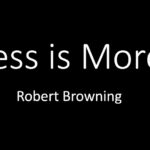
Brevity - Say More with Less


Clarity (in Speech and Writing)

Coherence - How to Achieve Coherence in Writing
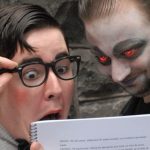
Flow - How to Create Flow in Writing

Inclusivity - Inclusive Language

The Elements of Style - The DNA of Powerful Writing

Recommended

Academic Writing – How to Write for the Academic Community

Structured Revision – How to Revise Your Work
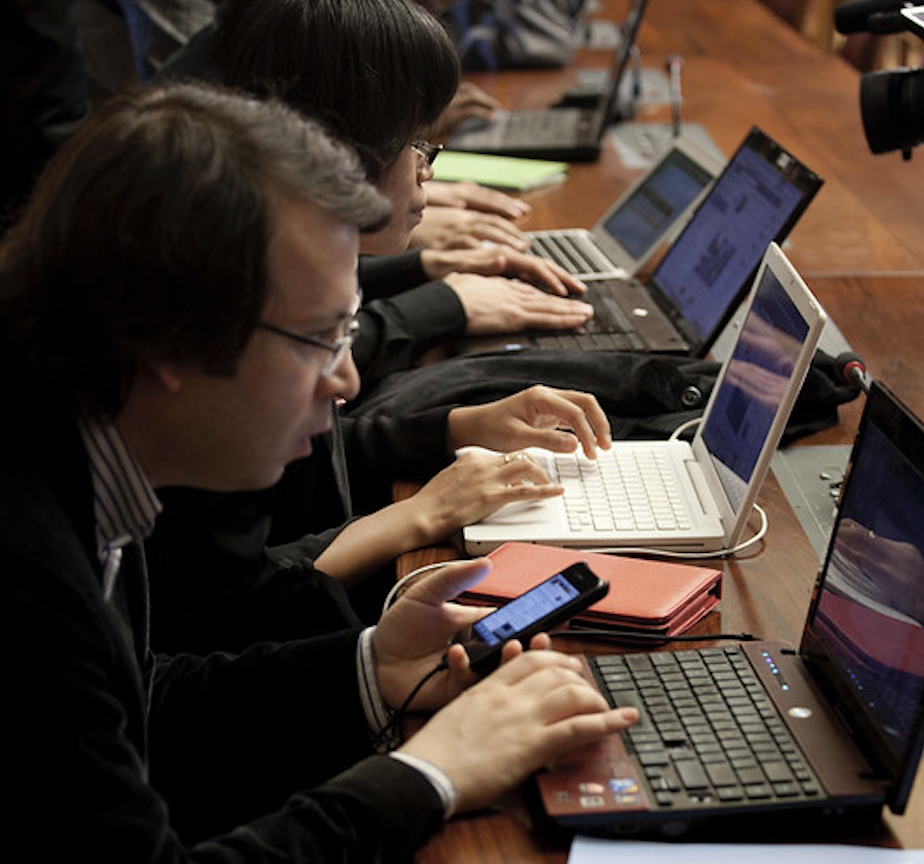
Professional Writing – How to Write for the Professional World

Authority & Credibility – How to Be Credible & Authoritative in Research, Speech & Writing
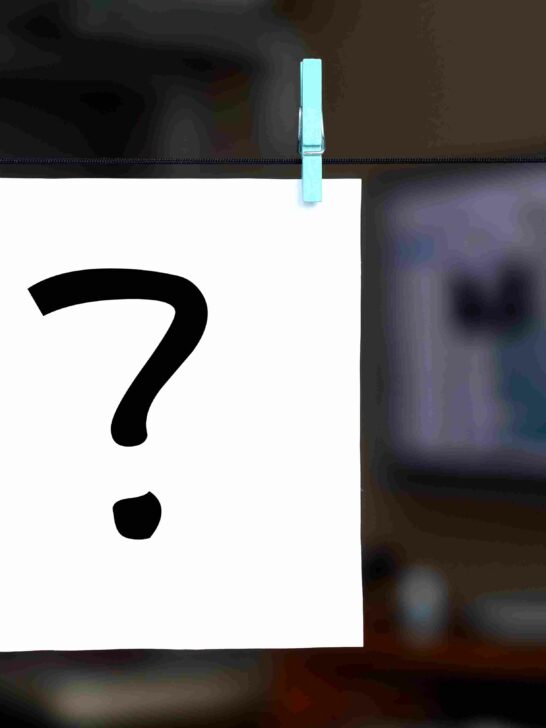
Citation Guide – Learn How to Cite Sources in Academic and Professional Writing
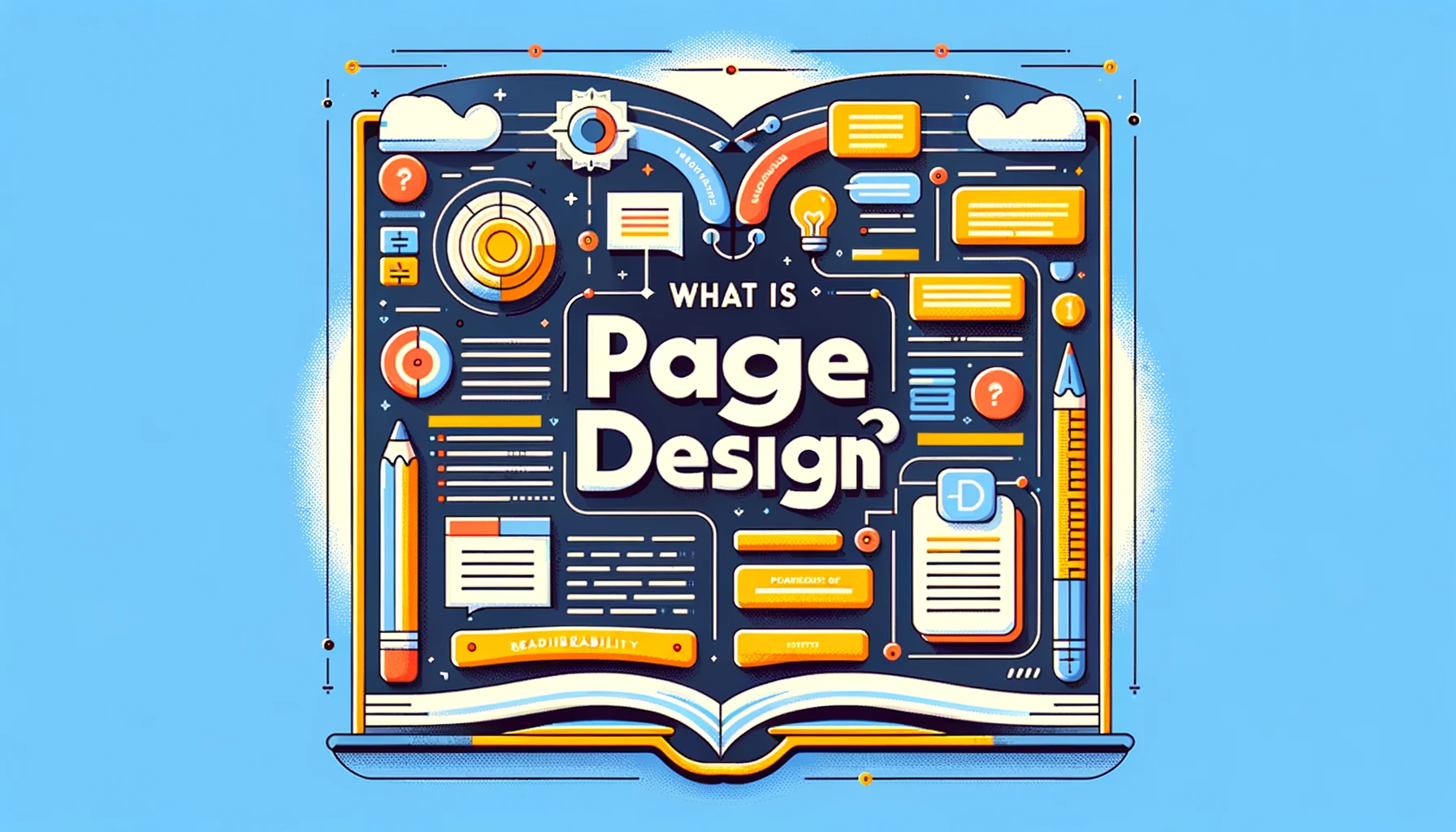
Page Design – How to Design Messages for Maximum Impact
Suggested edits.
- Please select the purpose of your message. * - Corrections, Typos, or Edits Technical Support/Problems using the site Advertising with Writing Commons Copyright Issues I am contacting you about something else
- Your full name
- Your email address *
- Page URL needing edits *
- Comments This field is for validation purposes and should be left unchanged.
Other Topics:
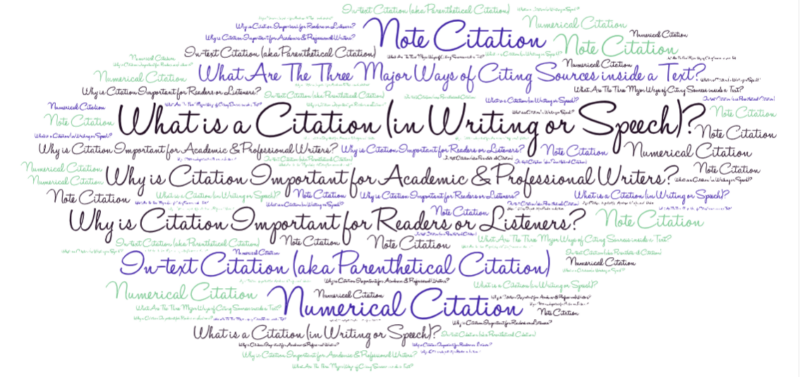
Citation - Definition - Introduction to Citation in Academic & Professional Writing
- Joseph M. Moxley
Explore the different ways to cite sources in academic and professional writing, including in-text (Parenthetical), numerical, and note citations.

Collaboration - What is the Role of Collaboration in Academic & Professional Writing?
Collaboration refers to the act of working with others or AI to solve problems, coauthor texts, and develop products and services. Collaboration is a highly prized workplace competency in academic...

Genre may reference a type of writing, art, or musical composition; socially-agreed upon expectations about how writers and speakers should respond to particular rhetorical situations; the cultural values; the epistemological assumptions...
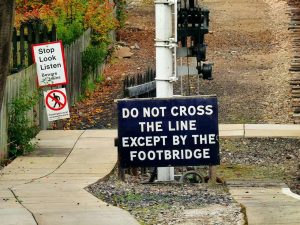
Grammar refers to the rules that inform how people and discourse communities use language (e.g., written or spoken English, body language, or visual language) to communicate. Learn about the rhetorical...

Information Literacy - How to Differentiate Quality Information from Misinformation & Rhetrickery
Information Literacy refers to the competencies associated with locating, evaluating, using, and archiving information. You need to be strategic about how you consume and use information in order to thrive,...
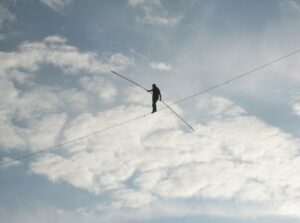
Mindset refers to a person or community’s way of feeling, thinking, and acting about a topic. The mindsets you hold, consciously or subconsciously, shape how you feel, think, and act–and...
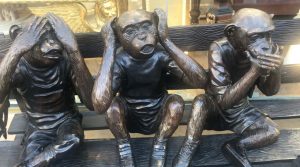
Rhetoric: Exploring Its Definition and Impact on Modern Communication
Learn about rhetoric and rhetorical practices (e.g., rhetorical analysis, rhetorical reasoning, rhetorical situation, and rhetorical stance) so that you can strategically manage how you compose and subsequently produce a text...
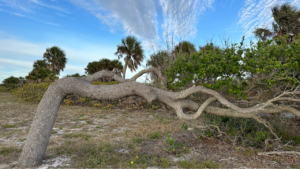
Style, most simply, refers to how you say something as opposed to what you say. The style of your writing matters because audiences are unlikely to read your work or...

The Writing Process - Research on Composing
The writing process, also known as the composing process, refers to everything you do in order to complete a writing project. Over the last six decades, researchers have studied and theorized...

Writing Studies
Writing studies refers to an interdisciplinary community of scholars and researchers who study writing. Writing studies also refers to an academic, interdisciplinary discipline – a subject of study. Students in...
Featured Articles

